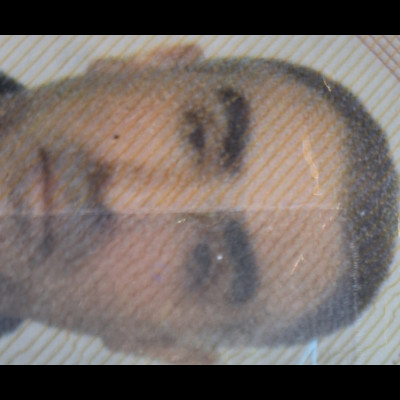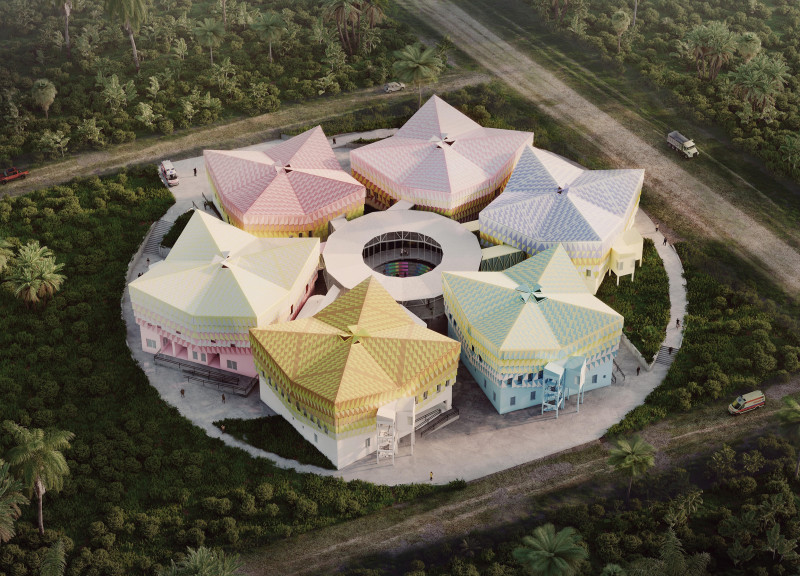5 key facts about this project
At its core, the design serves a multifaceted function, reflecting a synthesis of communal needs and individual user experiences. It exemplifies a careful consideration of spatial organization and material selection, ensuring that each element contributes to an overarching narrative of sustainability and innovation. The layout effectively facilitates interaction among users, reinforcing a sense of community that is vital for contemporary living environments.
The architectural language of the project is characterized by clean lines and a harmonious balance between indoor and outdoor spaces. Large expanses of glass provide transparency and allow natural light to penetrate deep into the interiors, creating a welcoming atmosphere. These transparent façades are artfully punctuated by structural elements that offer shade and define the building's massing. The interplay between solid and void is a prominent design feature, achieving not only aesthetic appeal but also environmental responsiveness.
Materiality plays a significant role in the project, with an emphasis on sustainable and locally sourced materials. The use of timber, concrete, and glass signifies a commitment to durability and ecological responsibility. The timber adds warmth and texture to the overall palette, while concrete serves as a robust structural element, ensuring long-term performance. The inclusion of high-performance glazing enhances energy efficiency, optimizing natural light without compromising thermal comfort.
Unique design approaches have been employed throughout the project, particularly in its roof design, which incorporates green elements to minimize heat gain and support biodiversity. This green roof not only enhances the building's thermal performance but also fosters a connection to nature, promoting the idea of ecological stewardship. Additionally, the incorporation of outdoor terraces and private gardens creates a seamless transition between the natural landscape and the built environment, enriching the user experience.
The project's layout reflects an intelligent response to its surroundings, allowing for passive solar strategies and maximizing natural ventilation. By orienting living spaces towards desirable views and strategically placing communal areas, the design fosters social interactions while providing residents with a sense of privacy. This thoughtful organization underscores the importance of human-centric design, where the needs and desires of users are paramount.
In terms of architectural plans, the project's floor plan is organized around a central courtyard, promoting light and views while ensuring cross-ventilation throughout the building. Architectural sections illustrate how varying ceiling heights and spatial volumes contribute to a dynamic internal environment. The elevations depict a cohesive façade expression that responds to both the surrounding context and the functional requirements of the project.
This architectural endeavor represents a significant exploration of design ideas that prioritize sustainability, community, and user experience. By integrating various elements, from innovative building techniques to resilient material choices, the project stands as a testament to modern architectural discourse.
For those interested in delving deeper, exploring the detailed architectural plans, sections, and various design aspects of the project will provide greater insights into its comprehensive approach and unique offerings. Engaging with the visual and technical elements can further illuminate the thought processes behind this notable architectural work.


 Amirali Merati
Amirali Merati 



















